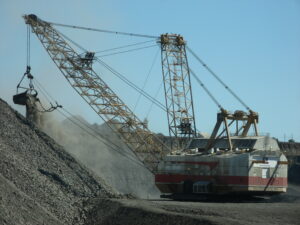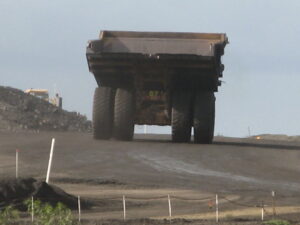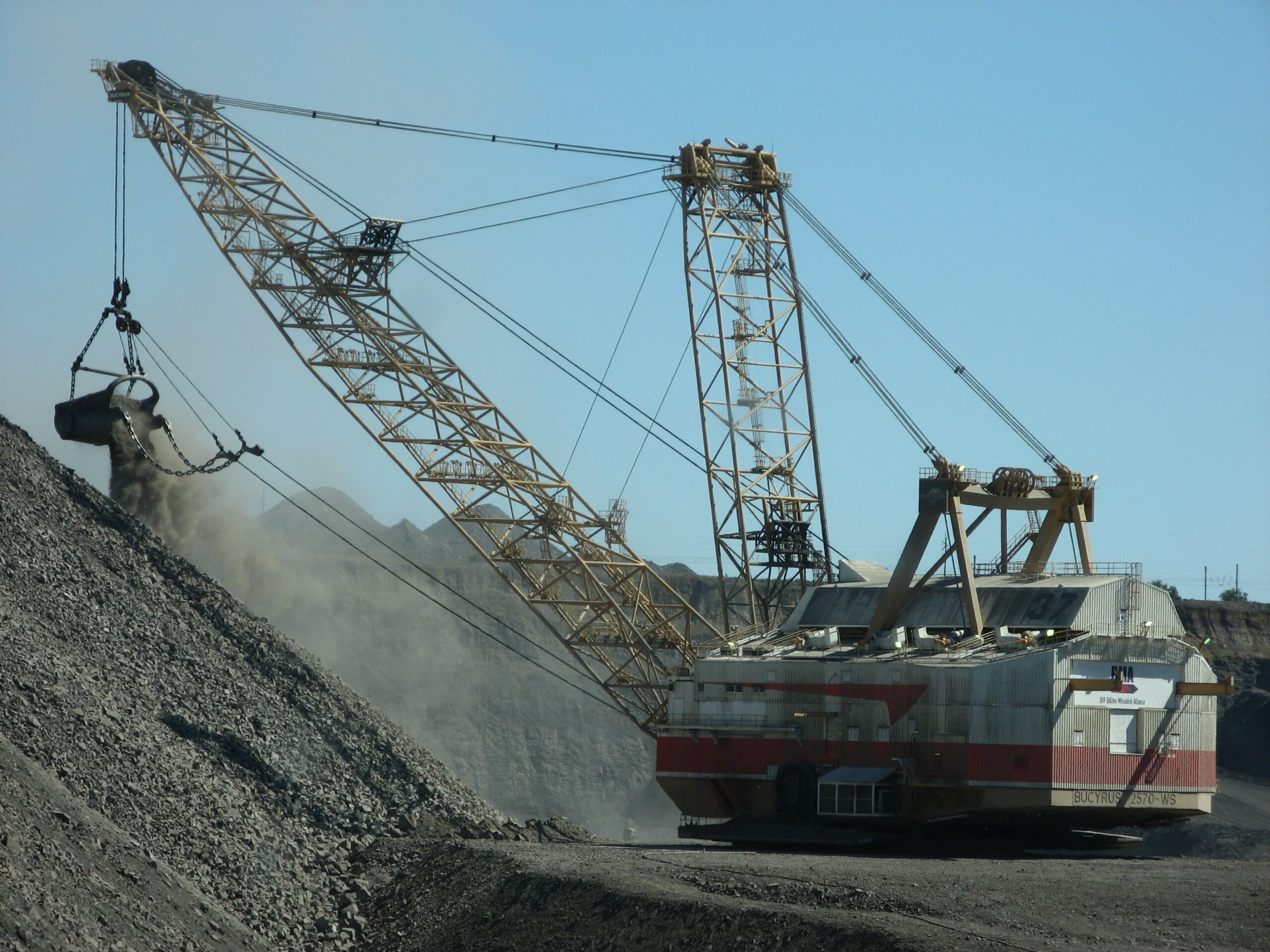Exploring Myths about Casual Employment
Here David Peetz of Griffith University discusses the back story of the paper — “Casual truths: What do the data on casual employment really mean?” — he and Robyn May saw published in the Journal of Industrial Relations.
For decades, casual employment in Australia has been a rort for some employers.
I’d long observed the casual phenomenon in Australia. But when researching the mining industry many years ago, I discovered how mining corporations used casual employment as the low-wage pathway into permanent employment. The mining companies would obtain labor hire workers to work alongside permanent employees, doing identical work, full-time.
The labor hire workers were casuals (called ‘contractors’). They were paid substantially less than the mining companies’ own workers. They would be rostered like any other employee. They would know, up to a year or more in advance, what time of what day they would be working.

After a while, some would be selected by the mining company to be permanent employees. Casual employment, either through labor hire or directly with the mining company, became the only way by which most blue-collar workers could get a permanent job in the industry. Others might be working as casuals on mine sites for many years without becoming permanent.
Industries varied in how they used long-term casuals. Universities, for example, could use sessional teachers for five, 10 or more years.
But it was in the mining industry where, one day, one of the leave-deprived employees took his former employer to court, and sought compensation for unpaid leave. He won. The court in effect said that the employee was not genuinely a casual, and that the employer had to pay the employee for the leave he was owed. The company took the matter to appeal, and lost. Another leave-deprived employee did the same, and again the company lost.
But the federal government passed laws that entrenched the ability of employers to define an employee as a casual no matter what the practice that followed. And the High Court subsequently reinforced this, with a decision that essentially said ‘contract is king,’ regardless of the practice after the contract is made.
In the midst of this, I started this research, with some financial help, to investigate just what are the actual working arrangements for casual workers? Are they really a response to the employer need for flexibility? I must say that, having written quite a bit in the past about flexibility, I was a bit surprised at how little of a role flexibility really appeared to play in the casuals story.

The one thing that unites ‘casuals’ is that they have no leave entitlements. They are often not employed in any genuinely flexible way. They are better described as ‘leave-deprived employees.’
Their working arrangements are not in response to any employer’s need for labor that can be flexibly deployed over short periods in a variety of situations. They are stable, cheap, easily controlled, disposable labor.
Not that employers often do dispose of that labor. It’s easier to just hang onto it. But the ability to cut hours down, or out, gives the employer substantial power over those employees.
The challenge is to find a way to overcome inequity of treatment while preserving the interests of this low-paid group. We talk about possibilities for this at the end of the article.













![Share Your Most Surprising Policy Citation for Chance to Win $500 [Closed] Share Your Most Surprising Policy Citation for Chance to Win $500 [Closed]](https://www.socialsciencespace.com/wp-content/themes/conferpress/images/default_thumbnail-new-border.jpg)























































































